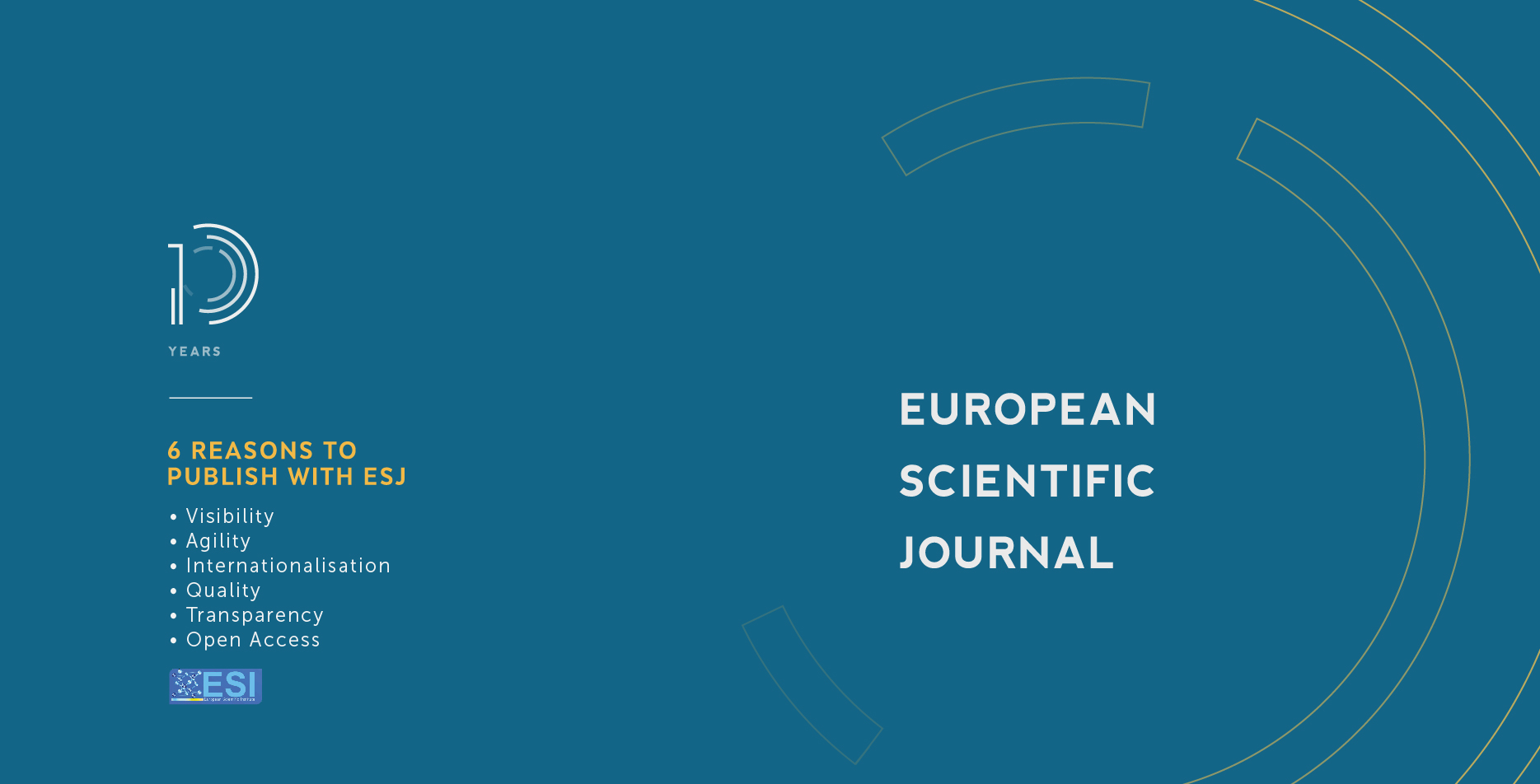Integrated Water Resources Vulnerability Assessment: A Multidimensional Approach and Geographic Information System Based in Fès, Meknès, and Ifrane Perimeters, Morocco
Abstract
Water resources are disproportionately distributed, and more and more problems related to this precious resource are being reported around the world due to anthropogenic pressures and global environmental changes. This paper focuses on assessing the vulnerability of water resources in an integrated way, by taking into account hydrological, environmental, socio-economic and pollution factors, in order to delineate sensitive areas of water resources under a geographic information system. The framework for assessing the water resources vulnerability in the Fès, Meknès, and Ifrane perimeters was based on a participatory approach through a survey. The data collected on the identified factors are then processed under ArcGIS tool to aggregate the normalized value into a water resources vulnerability index. The result shows that the degree of vulnerability of water resources in most of the study area is considered to be at the "threshold" to "non-vulnerable". However, three (3) main areas were considered to be "moderately vulnerable" to "highly vulnerable" precisely in the South of the city of Meknes (Zone 1), from the West of the city of Fès (Zone 2), and finally the Dayet Ifrah area (Zone 3). The sensitivity analysis showed that five factors have more impact on the overall water resources vulnerability map: topography, poverty, water withdrawal, population density, and access to drinking water. The result of this study could help integrated water resources management planners take action to improve the overall water quantity and quality in the area, and it can be extended to a larger scale like regional, national or cross-country.
Downloads
Metrics
PlumX Statistics
Copyright (c) 2021 Kanga Idé Soumaila, Naimi Mustapha, Chikhaoui Mohamed

This work is licensed under a Creative Commons Attribution-NonCommercial-NoDerivatives 4.0 International License.








